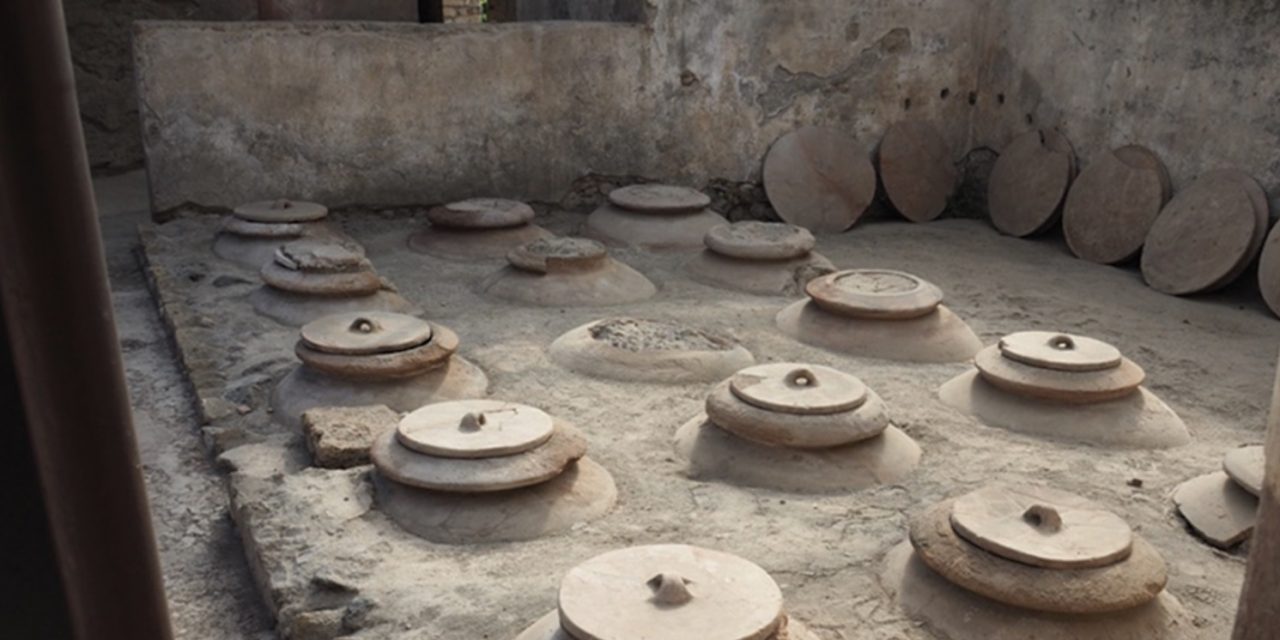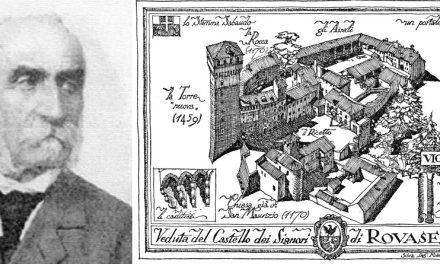A Study from Journal Antiquity: Bridging Millennia of Winemaking Traditions
CAMBRIDGE – In a groundbreaking study that bridges the gap between the ancient and the modern, archaeologists have unearthed the sensory secrets of Roman wine, revealing not only its taste and aroma but also its appearance. This fascinating research, detailed in the journal Antiquity published by Cambridge University Press, sheds light on the vinification processes of ancient Rome, comparing them with contemporary techniques to reveal a timeless tradition of winemaking that spans centuries.
The focal point of this study is the examination of large clay jars known as dolia, integral to the fermentation, storage, and aging of wine in ancient Rome. This research, titled “Making wine in earthenware vessels: a comparative approach to Roman vinification,” draws parallels between these ancient methods and those used in modern winemaking, specifically with the Georgian earthenware pots called qvevri. Dr. Dimitri Van Limbergen from the University of Ghent and Paulina Komar from the University of Warsaw embarked on this comparative study, believing that understanding these traditional practices could enrich our contemporary winemaking processes.
The Tradition of Earthenware in Winemaking
Modern winemaking has largely moved away from earthenware to materials like wood, concrete, and steel. However, the Mediterranean has a long history of using ceramic containers, a tradition that has persisted in places like Georgia, where qvevri winemaking was recognized by UNESCO as part of the Intangible Cultural Heritage in 2013. This research emphasizes the continuity and innovation within traditional winemaking techniques, debunking myths about the primitiveness of ancient practices.
The Science of Ancient Winemaking
The study highlights the sophisticated understanding Romans had of vinification. The shape, size, and material of dolia were meticulously engineered to influence the wine’s character, from its longevity to its organoleptic properties. These vessels allowed for controlled oxidation, enhancing the wine’s color, aroma, and flavor profile. Researchers discovered that the clay’s porosity played a crucial role in creating wines with distinct grassy, nutty, and dried fruit-like flavors, a testament to the artisanal expertise of ancient winemakers.
Roman and Georgian Winemaking: A Comparative Analysis
By comparing Roman and Georgian winemaking techniques, the study reveals striking similarities in the use of earthenware vessels, fermentation processes, and the role of surface yeasts. Both traditions utilized the natural properties of clay pots to ferment, age, and develop the wine’s complex flavors. This comparison not only highlights the shared heritage of winemaking between these cultures but also suggests a millennia-long exchange of cultivars and techniques, possibly facilitated by ancient trade routes.
The Legacy of Ancient Winemaking Today
The resurgence of interest in ancient winemaking techniques among modern vintners reflects a desire to reconnect with and preserve these traditional methods. This research not only contributes to our understanding of Roman and Georgian winemaking but also opens avenues for future studies, including the ethnoarchaeological evaluation of ceramic vinification and the genetic analysis of yeast varieties used in ancient winemaking.
Conclusion
This study is a testament to the sophistication of ancient Roman winemaking, challenging preconceived notions of its simplicity. By drawing parallels with modern Georgian practices, it reveals a rich tapestry of winemaking techniques that have stood the test of time. As contemporary winemakers look to the past for inspiration, the ancient dolia and qvevri remind us that the essence of winemaking lies not only in the grapes but in the legacy of craftsmanship and tradition that shapes each bottle.










